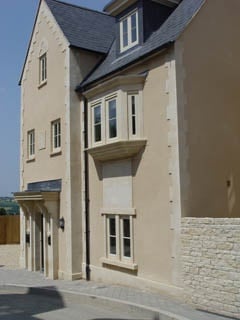Economy continues to deflate while house prices are still soaring ahead
Input prices for manufacturers fell 13.1% in the year to November. Even if the more volatile food, beverage, tobacco and petroleum products are removed from the equation so that only core input prices are measured, they still fell 8.3%.
This is even more than in the year to October, when overall input prices fell 12.3% and core input prices fell 6.7%.
The result is that the price of goods leaving UK factories fell again in the year to November – by 1.5%, slightly more than the 1.4% they fell in the year to October.
The price of goods in shops (including petrol) fell by an even greater level – 3.3%. It is the 17th consecutive month of falling year-on-year retail prices.
The figures are published this month (December) by the Office for National Statistics, along with the consumer prices index (CPI) and house price inflation figures.
The CPI remained flat (up 0.1% in the year to November), although ONS Head of CPI, Philip Gooding, said: “Although the prices of many items continue to fall, because they are falling at a slower rate than at the same time last year, the overall effect is the slight rise in headline CPI rate seen today. This is now the 10th month running that CPI has been at or very close to zero.”
A rise in transport costs and alcohol and tobacco prices were the main contributors to the rise in the rate, although falling clothing prices largely offset that.
Falling prices are the result of falling demand, and one of the reasons demand for many goods and services is falling in the UK is because housing is taking an ever greater proportion of spending – and continues to do so. House price inflation increased in the year to October to 7% (the house price figures lag a month behind CPI and production price figures). In the year to September house prices had risen 6.1%.
Split into the countries of the UK, annual house price inflation to October was 7.4% in England, 1.0% in Wales, 0.9% in Scotland and 10.3% in Northern Ireland.
Price increases in England were driven by an annual increase in the East of 10.4% and the South East of 9.5%.
Excluding London and the South East, UK house prices increased by 5.6%. Prices paid by first-time buyers were 5.9% higher while prices paid by existing owner-occupiers increased 7.4%.
Average mix-adjusted house prices reached £300,000 in England in October, £174,000 in Wales, £196,000 in Scotland and £158,000 in Northern Ireland.

